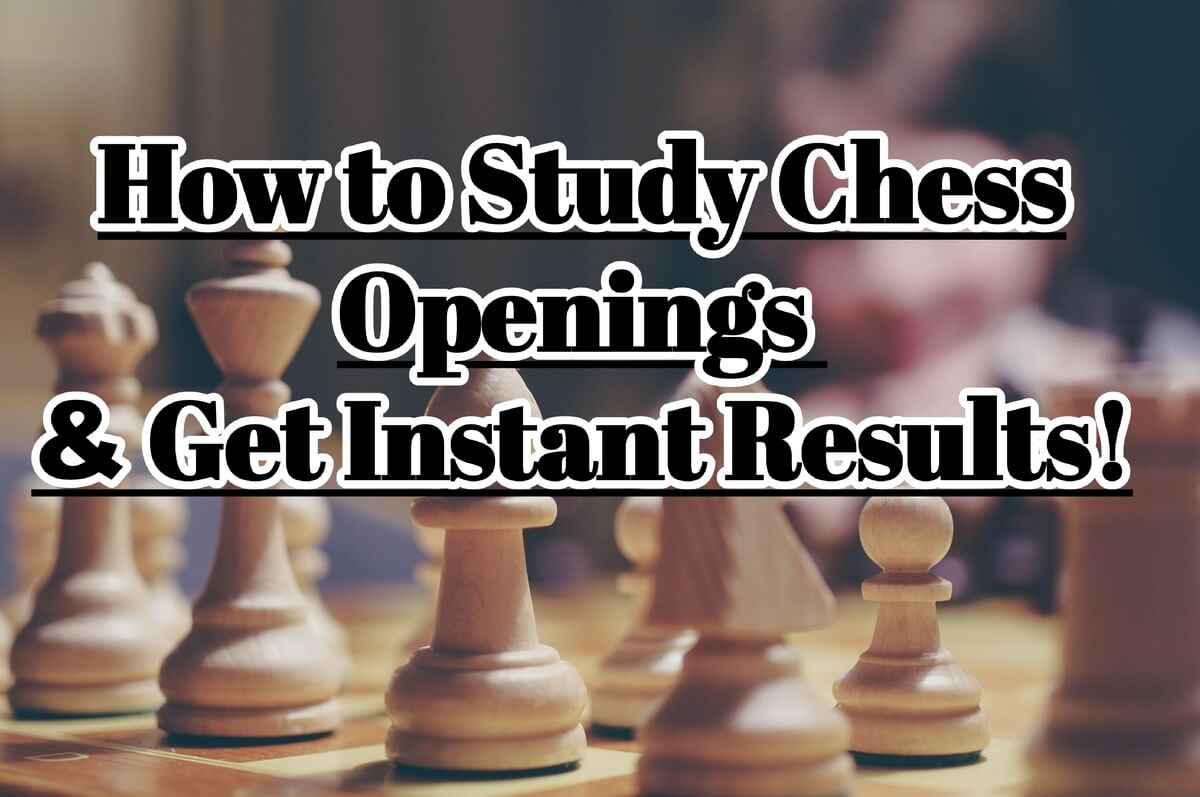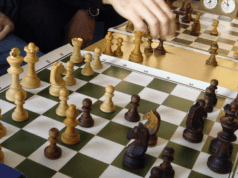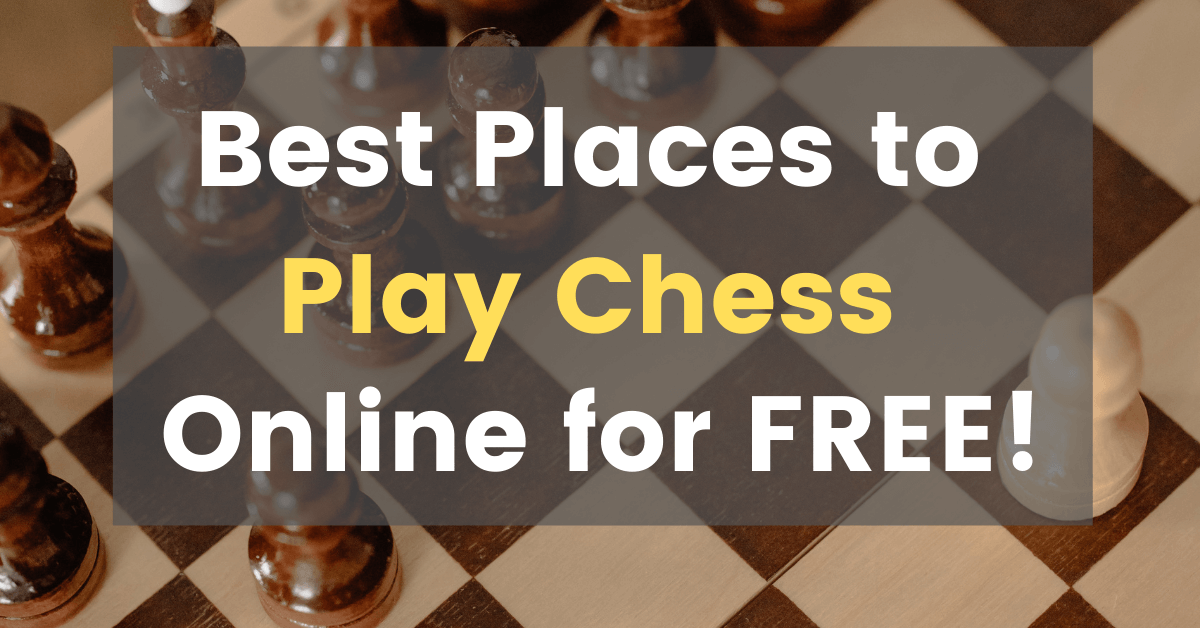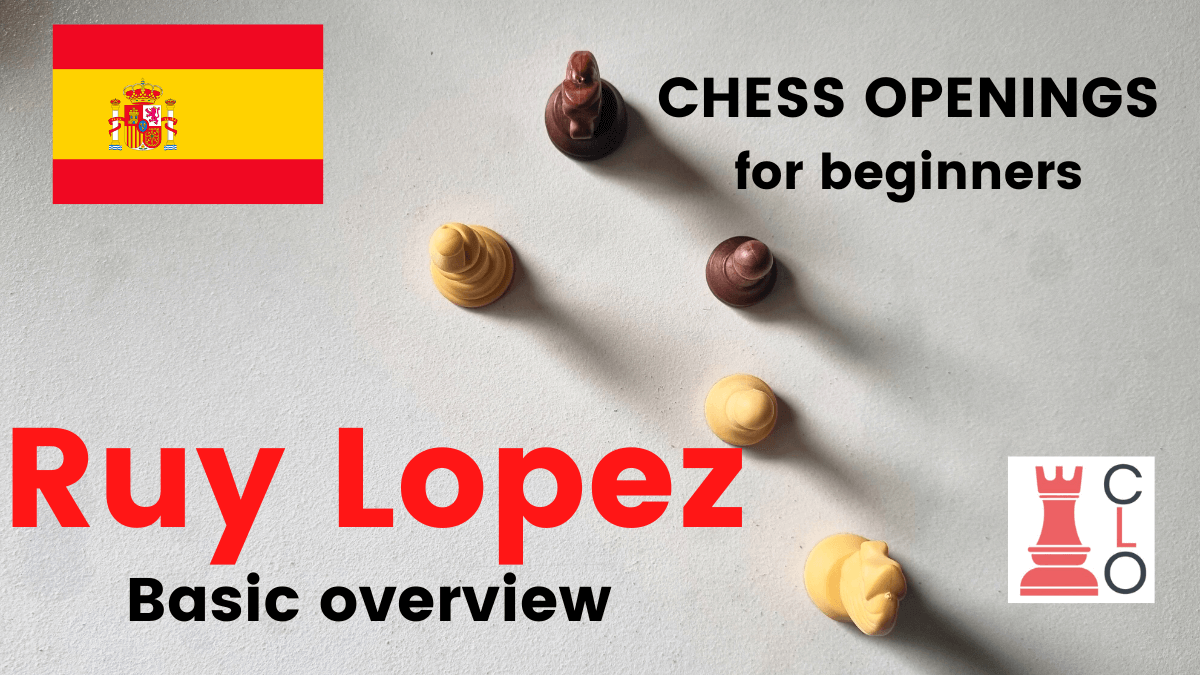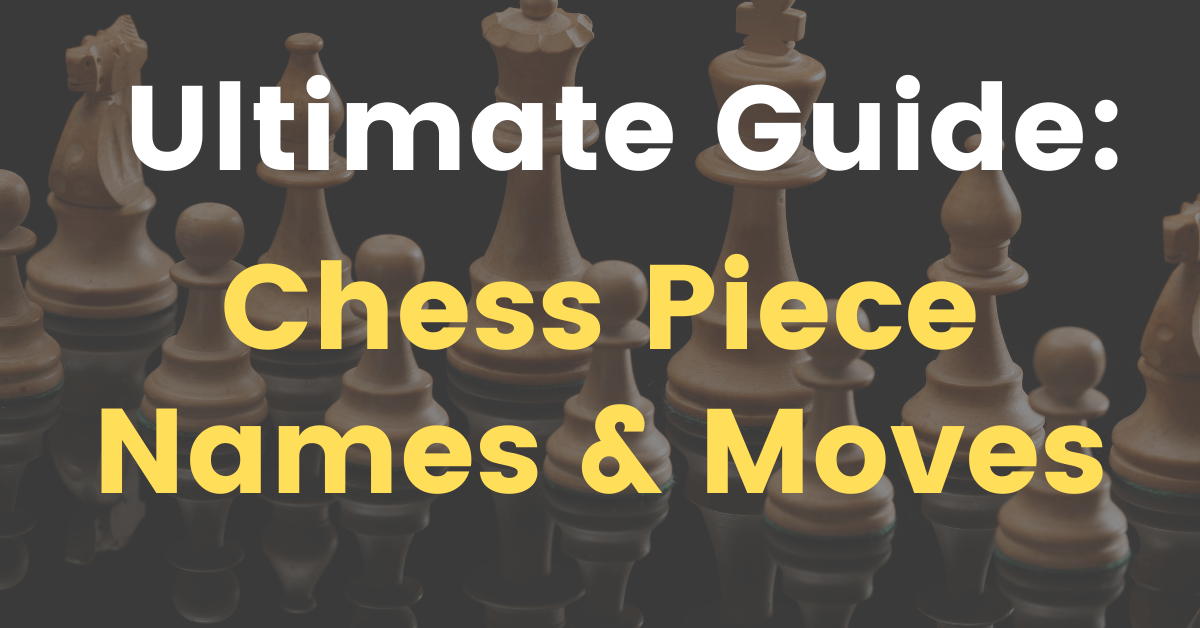Join our exclusive newsletter for opening guides, tips, and inspiration. Our community of 5,131+ chess enthusiasts is waiting for you.
Don't wait – enter your email below and join now!
How You Can Study Chess Openings & Get Instant Results
Most chess opening books go through complicated variations in an opening and force you to memorise confusing lines. At the publication of the book, these variations are already refuted and don’t improve your chess game at all. You need to study chess openings and get instant results!
To really learn a chess opening you need to link openings to pawn structures and develop a variety of plans around a specific variation based on that specific pawn structure.
You might also like:
- Ultimate Guide: Learn all the Chess Piece Names and How they Move
- Learn the Italian Game (the best Chess Opening for White)
- Winning Chess Tactics by Yasser Seirawan
The Italian Game and the Spanish Game?
The Italian Game and the Spanish Game leads to a variety of different pawn structures so that you are exposed to a variety of pawn structures and thus middle-game ideas.
In order to establish plans for each chess opening, you need to learn the first few moves until the opening branches out into the different variations.
You need to look at 10 – 20 GM or master games in that specific variation in order to see what kind of plans they attempted to do in the middle-game based on the strategic assets they had (e.g. bishop pair, pawn structures like isolated pawns, doubled pawns, queen-side majority, etc.). Learning through GM games is the best way to study chess openings!
In order to fully see the plan they attempted to achieve, you should search for GM games where the GM played an opponent a few hundred ELO points below them. This will allow you to really see what the GM was trying to do. Because if you look at games between two very strong GMs the plans they had will not show through the games very clearly. You need to find games where a strong player plays against a weak player.
Annotated Chess Games are the Best!
To further complicated things, it would be great if you find games that were extensively annotated verbally so that you can build your own understanding of the plans. If there is just the game, it will be difficult for someone learning to understand the concepts and ideas behind the games by themselves.
But clearly annotated games are difficult to find – especially those that help to build learner’s understanding of the middle game. In order to help you in your quest to study chess openings and get instant results, here’s an opening reportiate for the Italian Game and the most important variations.
So, what are the best chess openings to improve your chess game?
There are a lot of chess openings to learn, in fact over 10 chess openings for each colour easily. But the Italian Game and Spanish Game are easily the best openings for beginners to improve their chess game.
Study Chess Openings by Learning the Major Branches of the Italian Game:
The Italian Game is a family of openings that all begin the same way:
The Italian Game is part of the Open Chess Games, which start with 1. e4 e5 and lead to many different pawn structures and chess positions.
This means the Italian Game is one of the best openings for beginners to practice their chess knowledge and understand what to do in different chess positions that may arise in other chess openings. If you want to get better at your chess games, you need to study the Italian game chess opening. There are some great chess YouTubers to help you too.
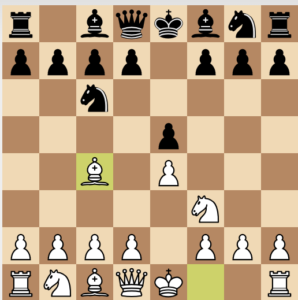
The Best Opening for Beginners
Main Ideas in the Giuoco Piano:
There are a fair few main ideas in the Guioco Piano that you should be familiar with.
Please see our next post which delves into more detail about the main ideas you need to keep in mind when you study the Giuoco Piano chess opening.
There you will see all the major variations that could arise, and what you need to do in order to win.
Tell us what you desperately need and we’ll write a chess guide for it (for free)!
Keep coming back to ChessLoversOnly for more chess-related news and studies on chess openings!
What should we write about next?
Let us know in the comment box below!
Or Contact Me here.
Cheers,
A.J. McMahon
.
.
.
Let’s Connect!
– Youtube: ChessLoversOnly
– Instagram: Chess.Lovers.Only
– Pinterest: ChessLoversOnly
– Facebook: ChessLoversOnly
– Twitter: @ChessLoversOnly


